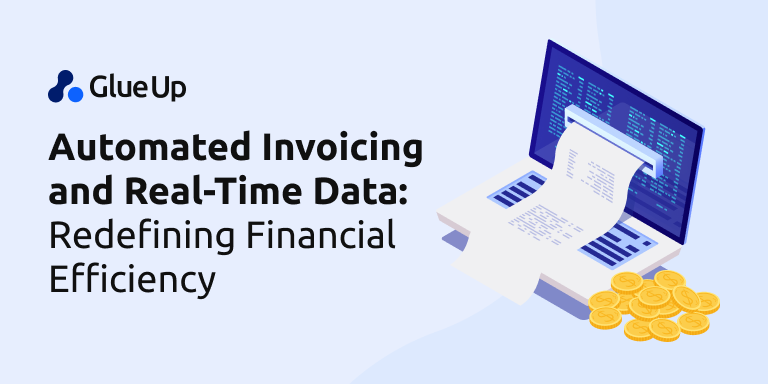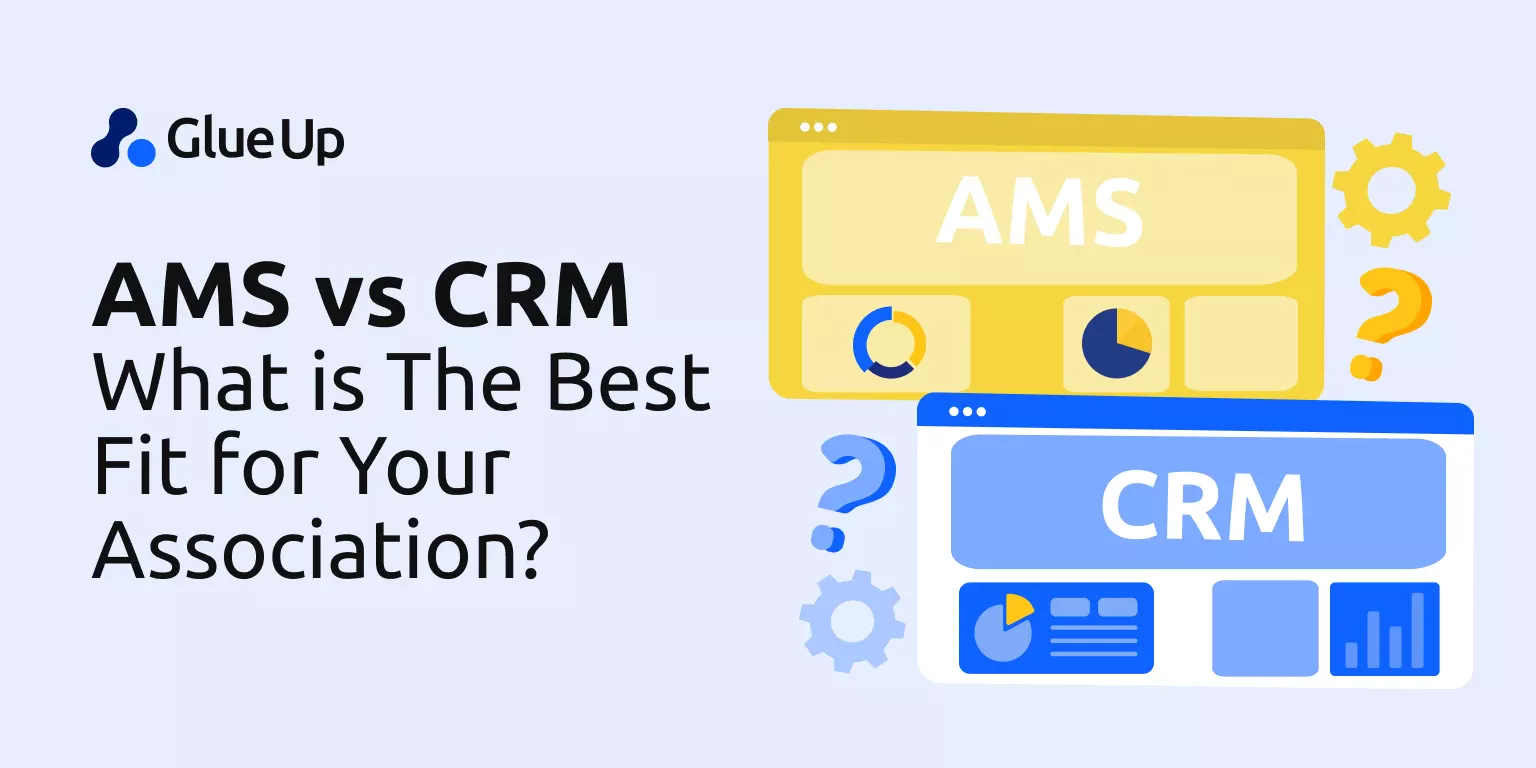
When it comes to finding the right software that meets all the business needs, AMS vs CRM is a major question that confuses all associations.
With both offering important, yet overlapping features, deciding which one to use is often difficult.
In order to help you choose between the two, we will put essential resources on your radar, like:
Key Takeaways
- AMS and CRM systems serve distinct yet complementary functions. AMS focuses on administrative tasks while CRM enhances member relationship
- When selecting a new system, be wary of vendors who claim their AMS includes robust CRM features but are reluctant to demonstrate them.
- Be cautious if a vendor's price is significantly lower than that of other providers. This can be a tactic to secure your business, leading to hidden costs later.
- Take your time to thoroughly evaluate a new system before making a final decision. Allow your employees and members to use the product and provide feedback
- Glue Up offers an all-in-one solution for associations with a feature-rich AMS integrated with a centralized CRM. It streamlines membership processes, builds community engagement, and automates workflows.
Why Do the CRM vs. AMS Differences Matter for Associations?
The differences between AMS (Association Management Software) and CRM (Customer Relationship Management) systems matter for associations because they serve distinct yet complementary functions, which can significantly impact an association's efficiency and member engagement.
AMS primarily focuses on the administrative aspects of managing an association. It handles membership applications, renewals, event registrations, dues processing, and communication blasts.
Overall, AMS acts as the association's central nervous system, ensuring smooth day-to-day operations and maintaining an organized member database.
CRM, on the other hand, is designed to enhance relationships with members. It tracks member interactions, such as emails, event attendance, and personal preferences, to help personalize communication and engagement strategies.
In summary, AMS and CRM are both important, and understanding their differences allows an association to implement the right tools based on its specific needs, whether it be efficient management, enhanced member engagement, or both.
The Unique Needs of an Association
The unique needs of an association determine whether they require AMS, CRM, or both.
Size: Smaller associations may need only AMS for managing member information and routine tasks, while larger ones require both AMS and CRM for complex management and engagement.
Engagement Levels: High member participation benefits from CRM for personalizing interactions, whereas lower engagement levels may prioritize AMS for administration.
Membership Diversity: Varied membership levels may require both AMS to manage tiers and CRM to tailor communications. Homogeneous memberships might suffice with AMS.
Communication Needs: CRM for segmentation offers targeted, effective member communication benefits, while AMS might meet simpler needs.
Data Requirements: Detailed analytics and reports might require both AMS and CRM, while basic reporting needs could be managed with AMS.
Integration: Associations needing to integrate with other systems may require both AMS and CRM, while those with fewer integrations might choose the most fitting system.
Assessing these factors helps an association determine whether AMS, CRM, or both are needed to effectively meet its unique requirements.
What is a Customer Relationship Management Software(CRM)?
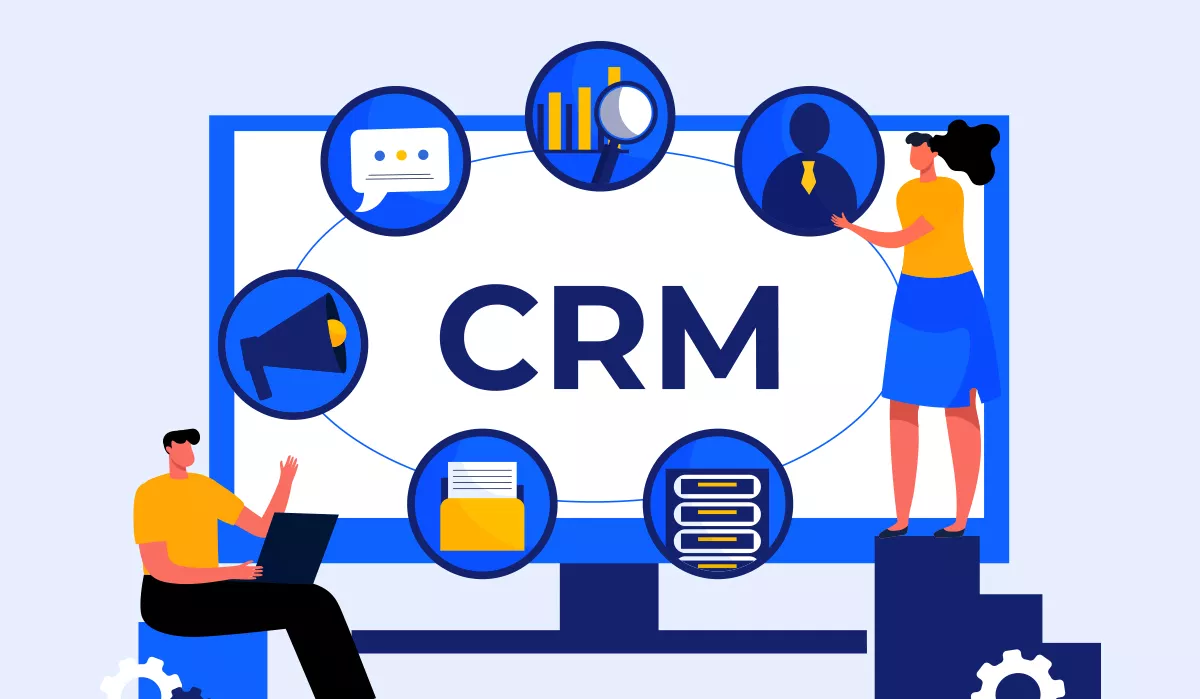
Simply put, CRM is software that facilitates customer relationship management. It is an integrated, data-driven tool that:
- Gives you a bird’s-eye view of all your customer interactions.
- Integrates your internal processes and communication that directly deals with the customers.
- Manages relationships with your prospects and identifies opportunities to nurture them.
Hence, it stores all details of your customers, including your prospects (people who might be interested in your organization), current customers, and past customers. This information is collected as:
- Contact lists: Information regarding your customers.
- Interactions happened in the form of website leads, emails, or phone calls.
- Engagement history: whether they filled out any form, purchased from you in the past, or attended your events.
- Lead score: The probability of a prospect becoming your customer.
You can use this information to contact your potential customers and create marketing strategies for member acquisition. Additionally, it allows you to market to the current members creatively, allowing you to generate new revenue streams.
Thus, it makes CRM vital for sales because it identifies prospects and upsells opportunities.
The Core Functions of a CRM
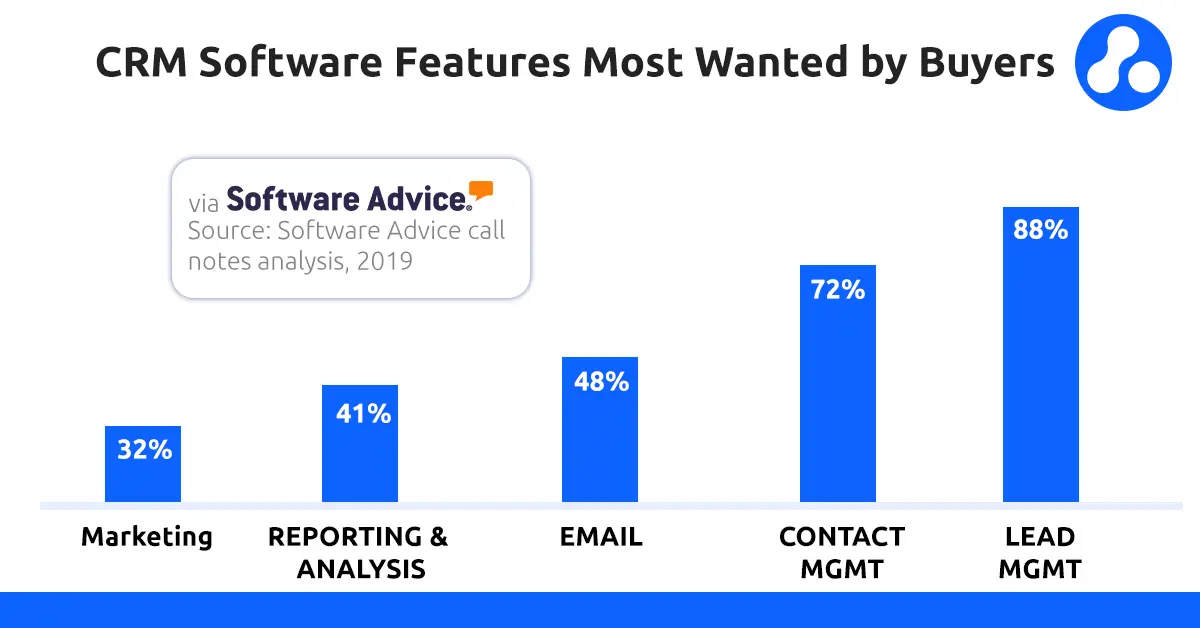 Source: Software Advice
Source: Software Advice
A CRM is primarily used to maximize long-term sales by enhancing stronger customer relationships. It evaluates all the data available to assess and manage all your touchpoints with your customers, both members, and non-members.
Thus, a feature-rich CRM provides the following functions to help you manage your customer relationships:
Lead Management

Lead management is the most important function of a CRM.
A CRM makes sure that you dont lose any leads. Thus, it captures lead details from all the integrated channels including website lead magnets, social media, and emails.
The CRM system also serves to qualify and score leads correctly so that you can monitor their progress during the sales cycle and take the appropriate marketing measures to nurture them.
Additionally, it helps you identify the most promising leads by giving them a score based on their conversion odds, saving your time and marketing efforts on unqualified leads.
Contact Management
The second most important function of a CRM is to store customers’ details including their names, email addresses, contact numbers, and social media profiles in the database which is easily searchable.
It also creates an integrated profile for each customer so you can save and track your interactions (including marketing emails and call recordings) with them.
Many well-loaded CRMs have smart lists of contacts, which allow you to access your data at any time without having to manually filter a view, or select specific leads or contacts.
Analytics and Reporting
CRM has an analytical dashboard that tracks customer engagement metrics such as ROI, leads, conversion, and retention rates.
These reports provide a high-level picture (with drill-down options) of how your association is doing in all areas, not just marketing. They are also shareable to help make data-driven decisions through effective collaboration.
Automation
A CRM can be linked with other marketing tools to create and automate marketing campaigns. It syncs contacts with campaigns, thus facilitating seamless automation.
These can be further focused and segmented depending on the collective needs of marketing, customer support, and sales department, thus standardizing workflows and processes.
CRM Helps Increase Non-Dues Revenue
According to statistics, 77% of sales professionals say their organization plans to invest more in sales intelligence tools, including CRMs.
Basically, this investment aims to reduce the time spent on administrative and non-selling duties, allowing sales teams to focus more on revenue-generating activities.
For associations, CRM systems can significantly increase non-dues revenue by boosting member engagement and identifying new revenue opportunities.
CRM systems automate routine tasks and manage member interactions comprehensively, freeing up time for association staff to focus on revenue-generating strategies.
CRMs' insights into member interests and behaviors enable associations to tailor events, services, and products to meet specific needs.
Furthermore, this personalized approach can increase event registration, sales of educational materials, and participation in fundraising activities.
What is an Association Management Software (AMS)?

AMS is professional software that is designed to manage the association workflows by automating several administrative tasks like:
- Processing memberships
- Collecting payments
- Organizing events
- Managing committees
- Fundraising
Thus, an AMS frees you from all the administrative duties, so you can concentrate solely on engaging your members.
Another important function of an AMS is to store your members’ data including:
- Their contact information
- Subscription history
- Attended events
- Members lapse
Just like the CRM, an AMS utilizes the data to provide its members with the best experience possible.
The Core Functions of an AMS
The core function of an AMS is to manage your day-to-day association tasks including memberships, emails, events, and website.
You can also plug them into other systems to extend their capabilities.
Although an AMS's functionalities depend on its features, some of the common ones include:
Management of an Association Website

When integrated with your association’s website, an AMS can help you build a professional-looking website by automating the creation of several pages, including:
- Calendar with subpages for each event.
- Members’ subscriptions and event registrations pages.
- Member profiles and directories.
Since the AMS acts as a supplementary website builder, it helps you create consistent branding across all your website pages. Read this case study to know how. Automation of Online Payments You can automate your membership fee and funds collected through the AMS. All payment details are stored securely using an encrypted process in the software. Additionally, it offers a consolidated interface for processing recurring payments.
AMS can also send reminders to members when their subscription fees are due and flag lapsed subscriptions so that the sales team can act promptly.
Improved Member Communications
The AMS plays an important role in improving communication with members. It sends automated emails, newsletters, event invitations, and community updates, all through the integrated system.
Creating Member-Exclusive Content
Many robust AMS provide access to resources like white papers, educational courses, and jobs. These are made available exclusively to members and are implemented through an integrated LMS and job boards.
Is AMS a CRM? How are AMS and CRM Different?
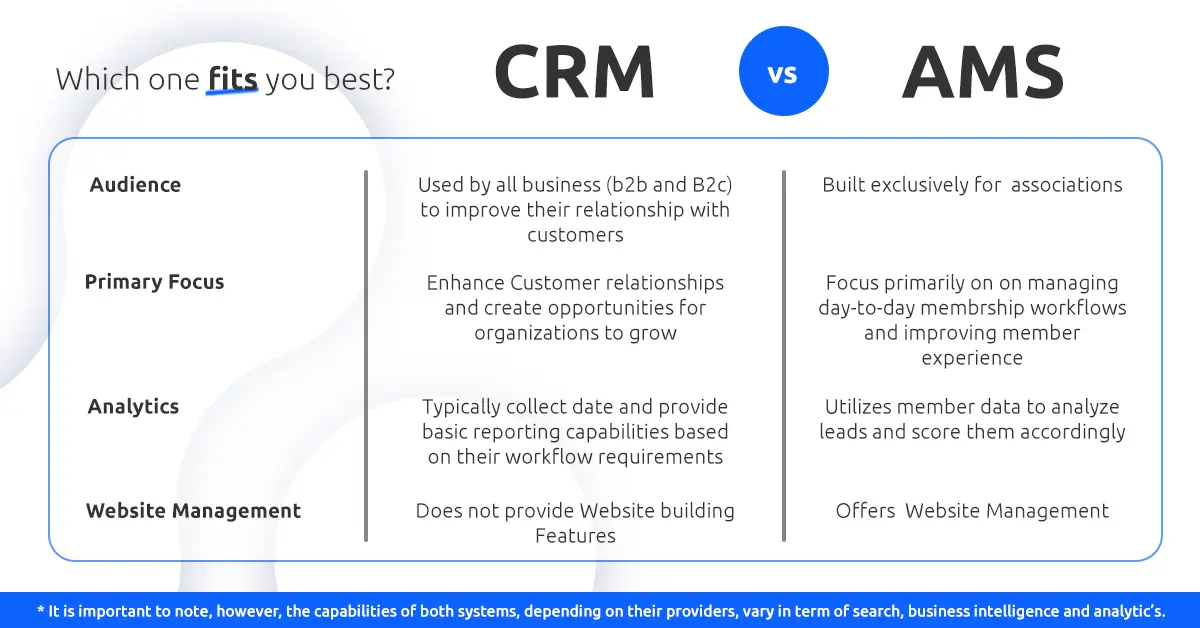
CRM systems and AMS systems store data, but they differ primarily in their target audience, capabilities, and core focus.
Target Audience
CRM has a larger audience base i.e. it can be used by all businesses (B2B and B2C) to improve their relationship with customers. On the other hand, An AMS is built exclusively for associations.
Primary Focus
CRM focuses on creating better customer relationships and creating opportunities for organizations to grow, while AMS focuses primarily on managing the day-to-day membership workflows.
Analytics

AMS systems typically collect data and provide basic reporting capabilities based on their workflow requirements like event registrations, attendees check-ins, email open rates, surveys, and numbers of lapsed members.
CRM, on the other hand, uses member data to analyze leads and score them accordingly.
Website Management
As website management is a major part of association workflows, AMS platforms also provide back-end support to them.
This goes hand-in-hand with the events and campaigns creation feature, which helps them develop a consistent voice across all platforms.
In contrast, CRM does not support website creation.
It is important to note, however, that the capabilities of both systems, depending on their providers, vary in terms of search, business intelligence, and analytics.
Questions Associations Should Consider Before Implementing AMS or CRM

Here are a few questions you may find useful if you're considering buying an AMS or CRM for your association/membership organization:
- Does the system have the modules to support the functions in your association?
- Is it cloud-based?
- Is the software within your budget?
- Does it possess flexibility and scalability?
- Is it compatible with other essential tools you use?
- Does it have the reporting metrics you are looking for?
- How does the post-go-live support look after its adoption?
Member Data Platform: How CRM and AMS Work Together to Optimize Operations?
Just like other digitalization technologies, an AMS and CRM can also be combined to make a revolutionary Member Data Platform (MDF). As a result, associations can provide their members with first-class experiences by combining the benefits of both options without their downsides.
An AMS that Provides Lead Scoring
When combined, AMS data can identify successful prospects for associations by identifying patterns. For example, people buying your training materials after an event or recommending your associations.
These insights will help you locate leads with greater precision and focus your marketing efforts where they are needed.
Insights from CRM Data to Improve Product Offerings

Data gathered from the AMS can help you identify members’ activities like:
- How many events did they attend?
- Their feedback through the survey
- Their community engagements
A CRM when integrated with the members’ data on the AMS can provide further insights like:
- Is the website useful to them? Can they find what they are searching for? (Through customer journey on the websites)
- Is there a need for a new event, service, or feature? (Through search bar, chatbots, and downloading history)
By considering this information, you can improve how you interact with your members. At the same time, you can implement changes to your offerings through the AMS.
Automating Member Emails and Newsletters
Automation is a critical function of a CRM. By combining this with AMS content generation ability, your members can receive automated, yet targeted emails.
One such application is the onboarding process when your members need a welcome package with some training materials. Thus instead of sending all the information at once, you can break it down into targeted emails and automate sending them at regular intervals.
Glue Up's Approach: CRM-Based AMS for Associations
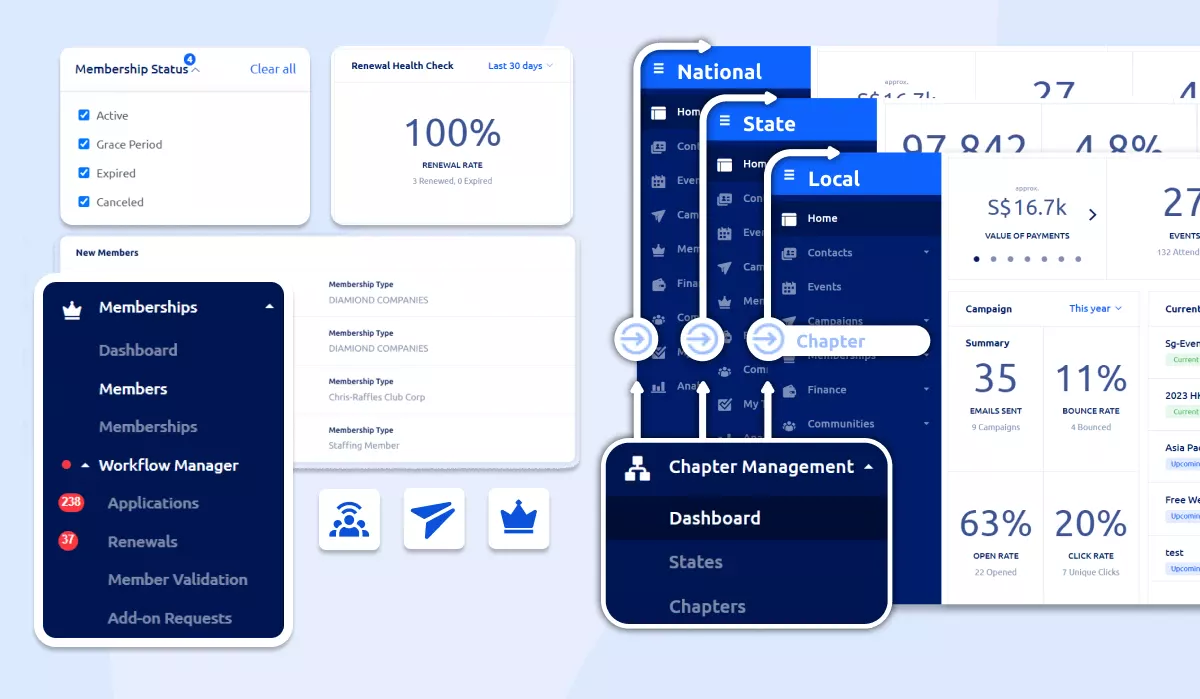
Glue Up is an all-in-one solution for associations looking for a feature-rich AMS with a fully integrated CRM. It is a cloud-based platform that consists of different modules, all connected through a centralized CRM. Each module has a specific function to fulfill three core purposes:
- Streamlining your membership processes
- Build your community
- Automate your workflows
As a result, you can build and manage your memberships (an AMS feature) while improving your relationship with customers (a CRM attribute) using the following features:
CRM
- Keep all your contact information and activity tracking up-to-date and centralized.
- Integrate your company data and access it anywhere from the direct browser login or Glue Up Manager App.
- Search and save contacts into smart lists.
- Analyze your community engagement and make smart decisions based on the insights into your member’s activities from events, email marketing, and finances.
- Track and manage opportunities through each stage of the sales process through sales opportunity workflow.
Memberships
- Custom online application forms as well as various membership types make it easy for prospective members to join.
- Member information is automatically synchronized across the platform from the moment they sign-up for your membership on the website.
- You can find outstanding payments and send automatic reminders through push notifications and reminder emails.
- Understand and optimize through overall engagement score.
Event Management
- Build conversion-optimized event pages that match your branding.
- Set up VIP and other tickets and offer coupons.
- Choose supported payment options, and customize the registration form to collect all the information you need in the Glue Up CRM.
- Manage registrations, collect payments, and facilitate smooth check-ins onsite to carry out successful events.
- Create temporary accounts for part-time staff at registration desks and assign tasks.
- View event analytics to track registrations, number of attendees, and total revenue.
Email Campaigns
- Create newsletters, branded event invitations, and campaigns in a few clicks through drag and drop or HTML editor.
- Create and send member surveys and get responses directly on the platform.
- Use tailored subscription lists for personalized communications.
- Embed custom email sign-up forms anywhere on your website to gain more subscribers.
Invoicing & Payments
- Collect payments and generate invoices quickly and easily.
- Get an up-to-the-minute overview of your entire financial data for events, memberships, and other services directly in the dashboard.
- Secure payments via credit cards, bank transfers, or online digital payment operators.
- Reach customers across the globe by accepting payments in more than 50 currencies.
Community
- The platform has private social media to foster relationships among your members.
- The custom hub enables sharing ideas, discussing relevant topics, and a place to socialize.
- Allows 1-on-1 chats and digital business card exchanges.
- Also available in the app form (My Glue) for quick access.
To gain a more comprehensive understanding, it's also helpful to explore the differences between CRMs and marketing automation software. CRM focuses on managing customer relationships throughout the sales funnel, while marketing automation automates repetitive marketing tasks. They can be used together to improve sales and marketing efficiency.
Comparing a CRM vs AMS: 2 Red Flags and 1 Recommendation
Finding a new system can be a tricky process that demands considerable time and careful consideration. Even a small oversight can result in selecting an inefficient system.
To assist you, we have some suggestions to help you identify two common red flags when vendors are selling their systems. Additionally, we have a valuable recommendation for you.
Let's explore what they are.
Red Flag #1
Red flag #1 arises when the vendor or service provider claims that the AMS is equipped with CRM features but is reluctant to demonstrate these features or show how they work in practice.
However, this hesitation often indicates that the CRM is not as robust or comprehensive as advertised. It’s crucial to insist on a detailed demonstration of all the CRM functionalities to ensure they meet your specific needs and expectations.
Don't hesitate to ask for case studies, user testimonials, or a trial period to thoroughly evaluate the system’s capabilities and effectiveness.
Red Flag #2
Red flag #2 is when the vendor's price is significantly lower than that of other providers. Ask them why this is the case.
It's possible they are just trying to secure your business, and you will likely end up dealing with hidden costs later on.
Always validate that you understand the full pricing structure and any potential additional fees before making a decision.
Recommendation
Our recommendation is to take your time and thoroughly evaluate the system before making a final decision. Allow your employees and members to use the product and provide feedback.
Once you are completely satisfied with each feature and how the system performs in your day-to-day operations, you can proceed with confidence to place your final order.
Besides, this careful and deliberate approach verifies that you choose a solution that meets your needs and effectively supports your organization's goals.
Successful Examples of Associations Using Glue Up’s CRM-Based Association Management Software
ITE Met Section Goes Paperless With Glue Up

The Institute of Transportation Engineers (ITE) Metropolitan Section of New York and New Jersey was searching for a solution that would make their job easier and provide them with more data to improve future events.
Instead of going for CRM or AMS alone, ITE implemented Glue Up’s all-in-one solution which enabled them to:
- Make commendable improvements to their check-in process and data quality.
- Store their registration information in one place within the cloud-accessed CRM.
- Make the check-in process run smoothly and remove any possibility of duplicate data.
- Compile pre and post-meeting reports seamlessly within the platform where they can track them and create easy follow-ups for event attendees.
- Use drag-and-drop dashboards to create dynamic, customized, and interactive data sets to facilitate ITE Met Section's data analysis.
DNP of Colors Streamlines Communication, Event, and Membership Management for DNPs of Color with Glue Up

The DNPs of Color (DOC) is a nonprofit nursing organization dedicated to increasing diversity in doctoral studies, clinical practice, and leadership.
By using Glue Up, the organization was able to create a consistent method of communication. Consequently, DNP was able to:
- Successfully manage a fast-growing community.
- Populate and schedule its campaigns in advance to optimize its operations.
- Streamline its event registration process using the CRM and finance modules.
- Created opportunities for its members through an online networking environment.
With a core mission of enabling and enriching relationships among communities through digitalization, Glue Up is much more than software.
Looking forward to consolidating your tech with our all-in-one solution? Contact our team to get a free demo today!


